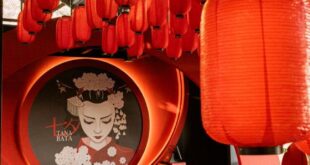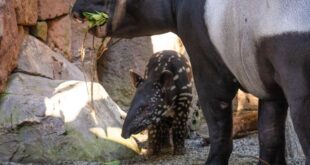Some artists have left their marks on the street, and others are regulars of galleries. However, some have never displayed in a centre for culture. Others have had a long career and others may not even have finished their Fine Arts School. They all share something. The curators David Burbano, and Roy Laguna say, “This is Malaga (…) This is what is happening in Malaga right now”, surrounded by a variety of works in all styles, colours and techniques in the corridor around the bullring in La Malagueta. The exhibition began on Saturday and will last only eleven days.
RAMA (Ruedo del Arte La Malagueta), the first edition, brings together 141 artists including graffiti artists, visual artists and muralists from Malaga, and its surrounding areas. The exhibition is promoted by La Casa Amarilla in collaboration with the Cultural Centre, which is part of the Provincial Council. They want to focus on the least visible circuit of contemporary art, grassroots creation. This is the work that happens in schools, in workshops and even in the streets. Burbano laments, “And that is often overlooked”. As the deputy for Culture, Manuel López Mestanza, adds, this is a commitment to “make visible and dignify” urban art.
The 141 works are listed alphabetically. No signs identify the pieces, and some don’t even have a prominent place. They are placed and mixed based on the sole criteria of visual harmony. They insist that everyone is important. It is important to place talent and art above aliases and labels. We are happy to answer any questions about them. They can also buy everything they see, with prices from 250 euros to 16,000 euro.
Only 21 of the artists created murals in large format (2.40 x 2.42) “in situ” over a period of three days. Some, such as Verónica Soto and Honek, however, only needed a few hours. This building is the first to feature graffiti in a variety of styles, ranging from Old School Raki, through hyperrealism by Nesui and’model pastel,’ up to classic graffiti. There are the characters of Le Petit Kaiser from the 1980s, the monsters in Cafre’s illustrations, and the hyperrealistic illustration by Eryk Pall.
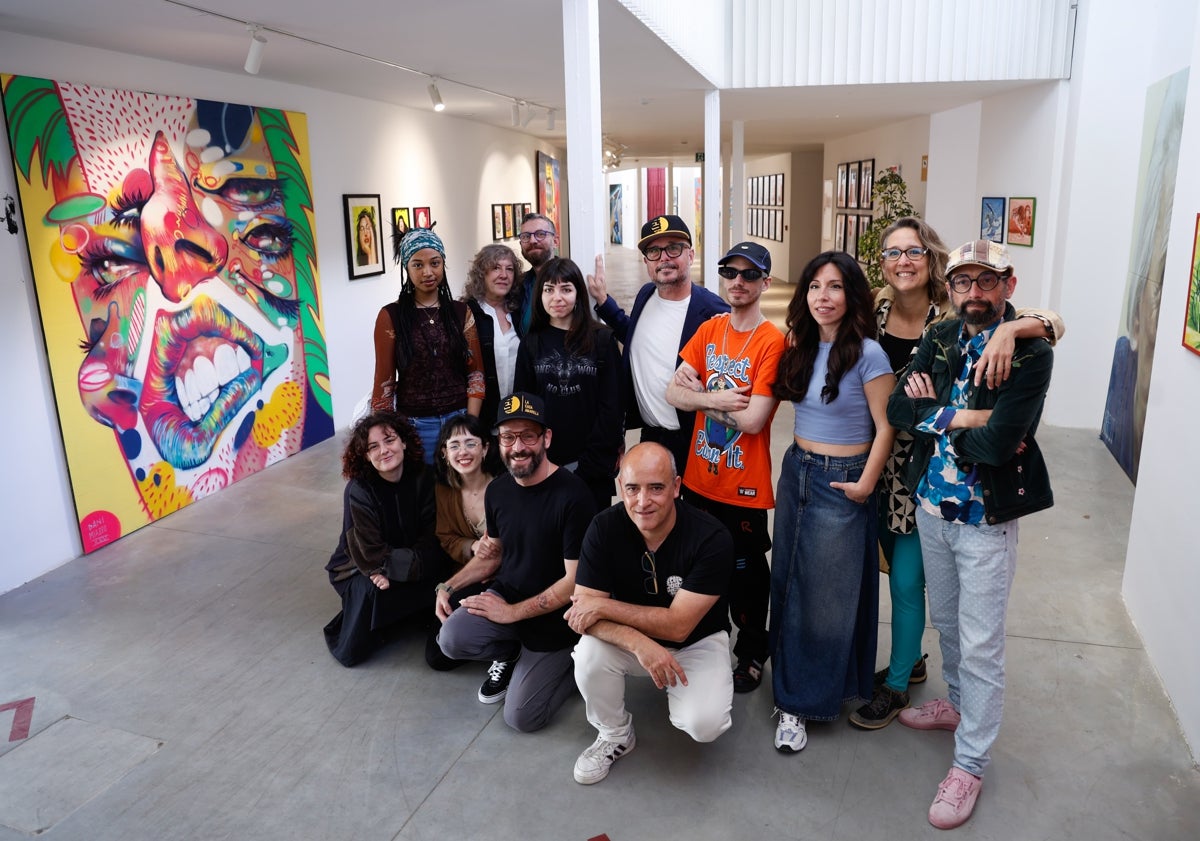
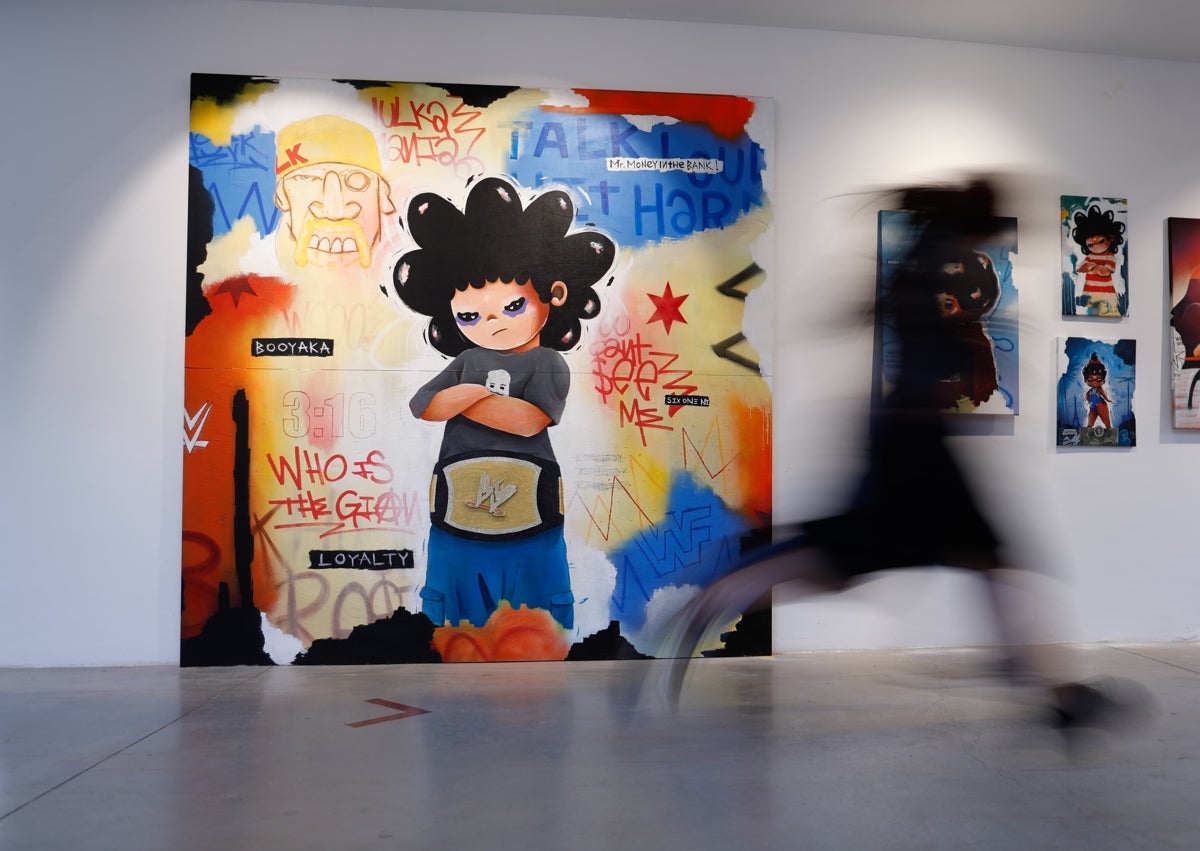
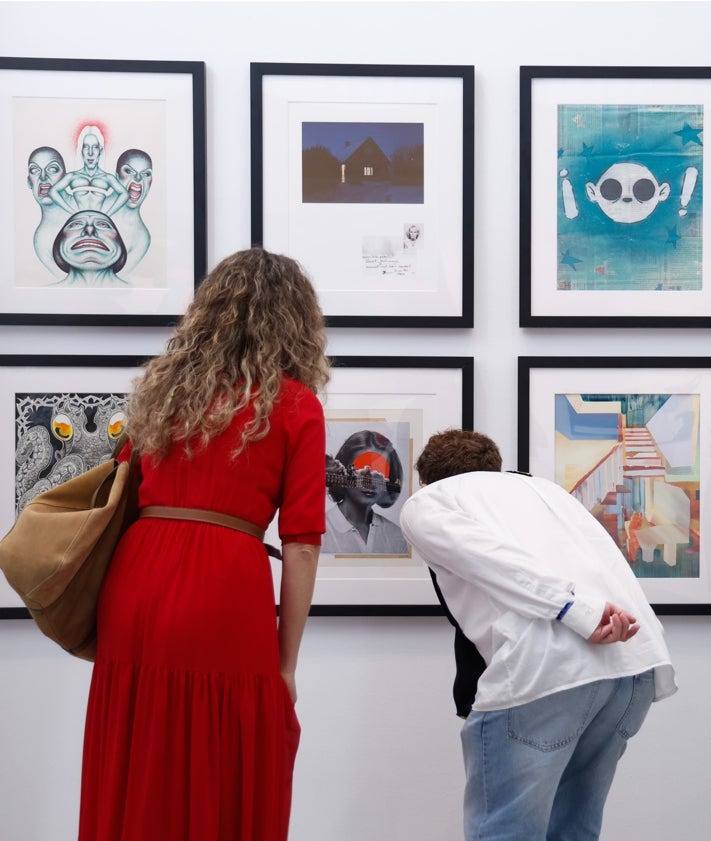
On either side of the murals are more than a hundred works, some of them recognisable at first glance, such as the graphic humour of Omar Janaan, the boot of Patricia Paz, the photograph of an action by Verónica Ruth Frías and Niche Ramírez and an engraving by Paco Aguilar, “an example for many of us”. His work, in fact opens the route in the form of a “Malaga artist who is hard-working and prophetic in his native land”. There is a collage by Elena Pedrosa and a silkscreen by Cyro García; Malaga locations such as the Baños del Carmen and the train tracks, local characters such as Chiquito, icons such as the flamenco dancer and elements of the local landscape such as the prickly pear cactus. It also has universal and multi-cultural themes that can be created anywhere.
Burbano says that the quality of Burbano’s work is comparable to any large city. La Casa Amarilla is soon to be invited to Pontevedra’s museum to speak about the boom of the arts in the city. “Artists are not always noticed”. He says it’s not easy being an artist here. He says, “It is a hard place to live in. It’s difficult for us to get by.” He says that “we could show that our work is powerful” by participating in fairs and displaying it. Burbano claims that “we lack money. Artists need money to build your future”. He says that “we create the legacy of tomorrow today”.
The exhibition is open to the general public from Tuesday to Saturday, 10am to 4pm and 2pm to 7pm. Sundays, public holidays and weekends, 11am to 3pm and 2pm to 6pm.
 Costa News Spain Breaking News | English News in Spain.
Costa News Spain Breaking News | English News in Spain.



